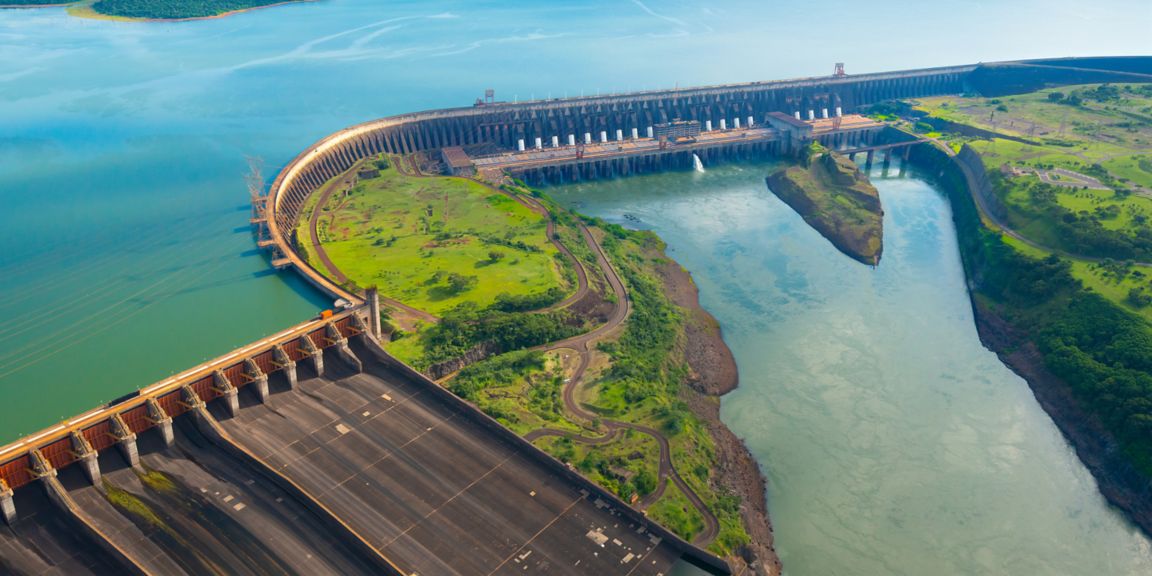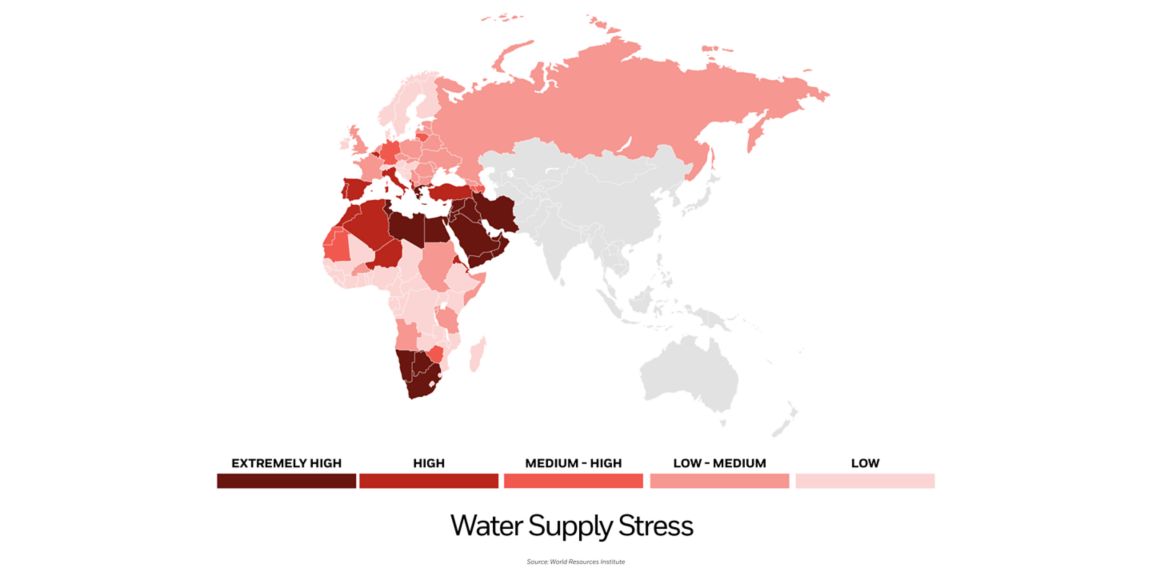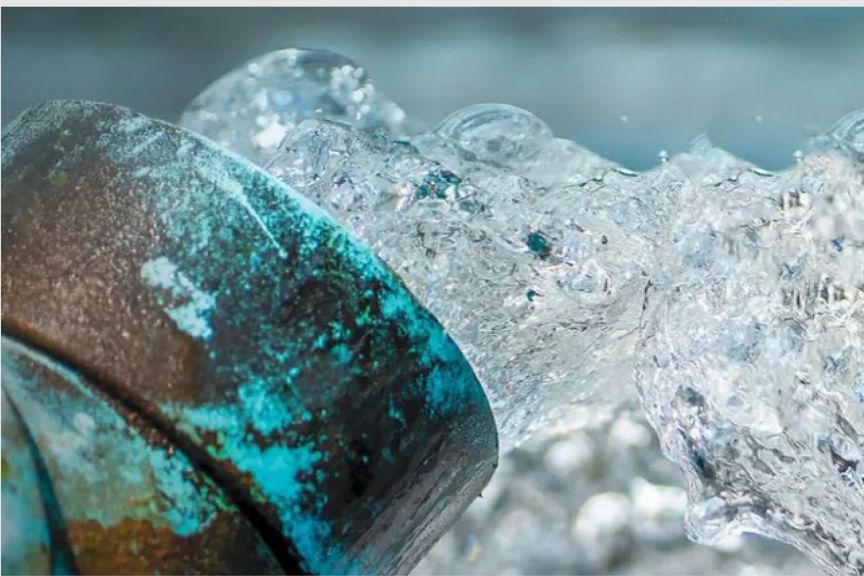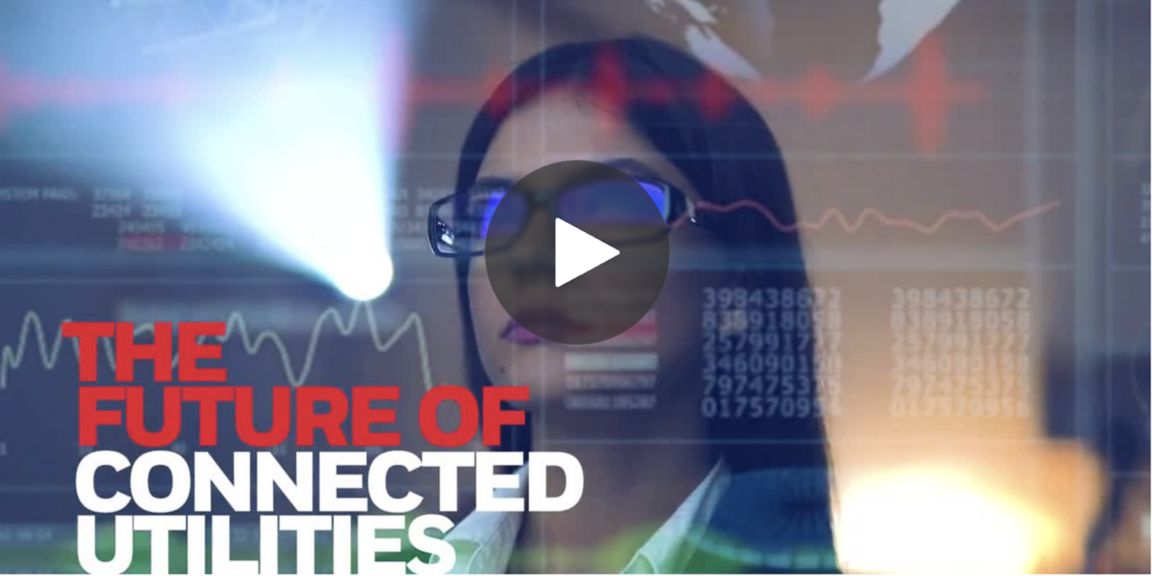-
Global
-
Africa
-
Asia Pacific
-
Europe
-
Latin America
-
Middle East
-
North America
- |
- Partners
- |
-
Currency:Localize your Content
You can set your preferred currency for this account.
Choose a Currency
Currency- CHOOSE YOUR CURRENCY
Update Currency
Changing Currency will cause your current cart to be deleted. Click OK to proceed.
To Keep your current cart, click CLOSE and then save your cart before changing currency.
-
Select Account
Switching accounts will update the product catalog available to you. When switching accounts, your current cart will not move to the new account you select. Your current cart will be available if you log back into this account again.
Account# Account Name City Zip/Post Code CANCELPROCEEDMy Account
-
Support
- View All Productivity Solutions
- Warranties
- Patents
- Global Locations
- Technical Support
- Discontinued Products
- Quality Program and Environmental Compliance
- Return Material Authorization (RMA)
- Legal Documents
- Product Certification
- Software Downloads
- Cyber Security Notifications
- Case Studies and Success Stories
- View All Sensing Solutions
- Sales Contact Form
- Technical Support
- Certificates
- eCOM Portal
- Distributor Inventory
- Return Material Authorization (Test & Measurement)
- Return Material Authorization (Citytech)
- Return Material Authorization (EnviteC)
- Legal Documents
- Intelligent Life Care
- Return Material Authorization (ILC)
-
Global
-
Africa
-
Asia Pacific
-
Europe
-
Latin America
-
Middle East
-
North America
- |
- Partners
- |
You are browsing the product catalog for
You are viewing the overview and resources for
- News & Events
- Featured stories
- Water Conservation Amid Stress, Scarcity and Unsustainable Use
Water Conservation Amid Stress, Scarcity and Unsustainable Use


Water Conservation Amid Stress, Scarcity and Unsustainable Use
For a future without water stress or scarcity, changes must be made to how Europe, the Middle East and Africa manage the world’s most precious resource.
WATER: Versatile, Valuable, Vital
Water is an essential, life-giving, all-encompassing resource we often take for granted. Think about how many times you mindlessly depend on water each day for necessity or enjoyment — filling a glass of water, drawing a bath, pouring your favourite cup of coffee, washing produce, tending a garden or doing a load of laundry. It’s a finite resource and must be conserved, which is why smart utility operations are finding new solutions to better monitor and manage its use.
On a larger scale, industries fundamentally rely on water for their operations. In Europe, the Middle East and Africa (EMEA), agriculture is a key economic driver. This means frequent water-dependent processes like irrigation, fertilisation and crop cooling require a steady supply of our world’s most precious resource. Water is also heavily used to generate renewable energy in EMEA. Hydropower — which harnesses water to generate electricity — is currently Europe’s second-largest renewable energy source.1


What’s Happening to the Quantity of Our Water Supply?
Water is all around us in many forms and applications, but that won’t always be a comfortable reality. Because we’re using water faster than it’s naturally replenished and because there are various threats to our supply, water stress and water scarcity are already ongoing challenges for many nations. And without new solutions, the global availability and accessibility of water will continue to decrease.
According to the European Environment Agency, water stress occurs when the demand for water exceeds an available amount in a given period of time or when poor quality restricts its use even further, while water scarcity is the lack of a sufficient water supply.2 The latter is more acute and more dangerous, though water stress and water scarcity largely share the same primary causes:
- Low rainfall and high temperatures driven by ongoing climate change
- Rising global water consumption rates per individual
- Population growth; a diminishing resource and a growing population strain current, already-limited supplies
- Inefficient water management strategies and infrastructure


Some countries have experienced water stress longer than others. For example, it’s hard to remember a time when Iran or North African territories weren’t in a state of constant strife over their severely limited supplies due to poor management and overuse. Spain, an industrialised nation experiencing intense droughts since 2022, has reverted to become one of the world’s most water-stressed countries.3
There are 25 countries in EMEA, accounting for more than one-quarter of the world’s entire population, with high or extremely high water stress, including: Portugal, Italy, Croatia, Slovenia, Saudi Arabia, Afghanistan, Pakistan, Niger, Algeria, Libya, Egypt and South Africa.4 This means, if all regions don’t adopt sustainable changes swiftly, water stress and scarcity risk becoming permanent realities.
What’s Happening to the Quality of Our Water Supply?
Water quality also affects the accessibility, availability and usability of water for domestic and industrial purposes. For a water supply to be considered “secure,” it needs to be clean — this includes potable water and non-potable water, which is used for cooling, irrigation and hydropower generation.
Just like global water supplies are decreasing in quantity, they’re also decreasing in quality. Instead of one origin, this parallel decline is caused by a conglomeration of sources: landfill and septic waste, oil spills, acid rain, agricultural runoff and more. Each can contaminate surface water and groundwater, making both unsuitable for use.
In EMEA, agriculture practices are largely unsustainable. For example, agricultural irrigation in the Middle East uses 85% of the region’s water supply.5 Already subject to droughts and limited resources, this extreme use aggravates an already quantity-related strain. Similarly, European farms combine for 157 hectares of land for agriculture production, which is more than one-third of total land across the continent and means a staggering amount of water is required to keep agricultural operations moving forward.6
Despite the benefits fertilisers and pesticides provide, they often contain harmful chemicals like ammonium nitrate that can enter surface water and groundwater sources if not managed and administered correctly. Too much of a certain chemical from these compounds can pollute a water supply, make it unsafe and further keep countries from reestablishing stable water conditions.
Many industries that need water to thrive are also the biggest generators of water stress and scarcity. It’s been overused irresponsibly. Conserving water now and giving water supplies the time, attention and solutions they need to heal is critical.


Make Water Conservation Count; Count on Smart Meters
To move away from a stressed, scarce water supply and toward one that’s more predictable and plentiful, it’s important to change how it’s managed. Changes are largely the responsibilities of utility companies because they manage the generation, transmission and distribution of resources in reliable, safe and effective ways.
When utilities encourage more meaningful regulation of this essential, finite resource, they can improve how it’s managed, measured and distributed, and better protect its future.
Utilities can and should depend on smart water meters to achieve management, measurement and distribution goals and to conserve water. Smart water meters can improve conservation efforts by:
- Providing all consumers (residential, commercial, industrial) with real-time information on their usage habits; if we can see how we use water (purpose, frequency, amount consumed), we can take steps to limit excess consumption
- Giving utilities remote control of assets so they can shut off services in times of severe weather or when damage to distribution infrastructure may occur and cause water loss
- Collecting and analysing data that can be used to pinpoint historical trends, then optimise distribution and help influence upgrades made to entire metering networks
Smart meters can also identify water leaks. Because it’s estimated that 25% of Europe’s water is lost to leaks each year (with similar percentages seen across Middle Eastern and African countries), this function can significantly help reduce loss.7 Abnormal usage patterns, differences in pressure and varying flow rates can trigger alerts for needed repairs and enable utilities to dispatch service teams for timely maintenance.
Not All Water Conservation Efforts Can Be Equal
Countries in EMEA have varying degrees of developed utility infrastructure; some water networks can support the introduction of advanced meters, while others may require a complete transformation of their existing systems. Exhaustive network renovations require time that limited water resources don’t have and financial investments that some countries can’t make.
But With the Right Partner, Progress Can Always Be Made
No matter how utilities operate across EMEA, an experienced, proven partner and solutions provider can make a positive impact. Enter Honeywell. Honeywell understands what water networks need to work more sustainably and to promote conservation, which is why it designs solutions that meet the highest standards of quality, reliability and performance. Its smart water meters, which have been installed for utilities with more than 2 million customers, can help prevent water waste, optimise network management, measurement and distribution.
Honeywell’s smart water meters can be used for various applications. If a territory in the Middle East does not have the financial resources to implement meters in all agricultural environments, a logical first step may be a phased approach of meter installs in areas that consistently use the most water. Or, if a Spanish utility wants to see improvements in domestic water distribution, Honeywell can offer guidance on which meter(s) most efficiently and effectively meet residential water goals.


Smart Water Meters Are Only Part of the Equation
Honeywell smart meters are part of a bigger, end-to-end solution for water utilities and their conservation efforts. Starting with smart meters and ending with the actualisation of conservation goals, Honeywell provides additional solutions to strengthen water networks, utility operations and sustainability efforts at the same time. A critical part of this end-to-end solution is Honeywell Forge Performance+ for Utilities, a digital platform that measures, monitors and manages water data in real time.
Recall the leak identification discussion above. The relationship between smart water meters and Honeywell Forge Performance+ for Utilities for leak identification and remediation looks like this: smart meters capture data at frequent intervals, including metrics like flow rate, volume and pressure. These key performance indicators are processed, analysed and stored in the digital platform. Then, the platform, powered by a data-driven recommendation engine, alerts utilities in real time if any measurement is abnormal, prompting quick action. Utilities can see when data begins to present abnormally and map out the general locations of where leaks may be, all because of the visibility and intelligence this platform provides. Essentially, Honeywell Forge Performance+ for Utilities takes metering data and turns it into actionable insights, which helps save time and resources.
In addition to real-time advantages, Honeywell Forge Performance+ for Utilities uses past and current data to identify operational trends and forecast how the distribution of water can be improved over time. This platform can also track a water network’s meter health and any outages that occur to help prevent downtime.


Water Conservation Takes All of Us
Utilities can’t do it alone. While smart meters and digital platforms can help bring visibility and control to how water is used, agricultural, industrial and hydropower leaders, as well as residences, must make additional changes to their day-to-day activities:
- Introducing agriculture practices like drip irrigation and dry farming, choosing crops that require less water or adopting non-toxic fertilisers can help keep the quantity and quality of a nation’s water supply high
- Industrial techniques for water conservation include high-power, low-volume equipment upgrades and repairs to all leaks on operating floors
- With the right technologies and infrastructure, hydropower plants can implement sustainable practices that help provide flood control and clean drinking water
- Residences can install water-efficient appliances, like dishwashers and toilets, that offer economic cycles and flushes
Finding More Time for a Finite Resource
A future without water is uninhabitable. And the alarming number of headlines about water scarcity and water stress in EMEA means we’re hurtling toward this future and endangering ecosystems, economies and populations along the way. We need to make our water supply more predictable and resilient now, and for generations to come. Utilities and smart water meters can help us get started, improving how we manage, measure, distribute and conserve the world’s most valuable resource – if everyone else does their part, too.
For more information, please visit: https://automation.honeywell.com/us/en/solutions/smart-energy/water
References
1. “Hydropower.” European Commission. Accessed 12 January 2024. https://energy.ec.europa.eu/topics/renewable-energy/hydropower_en.
2. “Water Stress.” European Environment Agency. Accessed 12 January 2024. https://www.eea.europa.eu/help/glossary/eea-glossary/water-stress.
3. “Water in Spain: The Challenge of a Dry Land.” We Are Water Foundation. 6 April 2022. https://www.wearewater.org/en/water-in-spain-the-challenge-of-a-dry-land_349631.
4. Chertock et al. World Resources Institute. “25 Countries, Housing One-Quarter of the Population, Face Extremely High Water Stress.” 16 August 2023. https://www.wri.org/insights/highest-water-stressed-countries.
5. “Water in Crisis – Middle East.” The Water Project. Accessed 15 January 2024.; https://thewaterproject.org/water-crisis/water-in-crisis-middle-east.
6. “Farms and Farmland in the European Union.” European Commission. November 2022.; https://ec.europa.eu/eurostat/statistics-explained/SEPDF/cache/73319.pdf.
7. “In Drought-Stricken Europe, Leaky Pipes are Worsening the Problem.” The Economist. 18 July 2023. https://www.economist.com/graphic-detail/2023/07/18/in-drought-stricken-europe-leaky-pipes-are-worsening-the-problem.
Let's Connect!
Sign up to receive exclusive communications from Honeywell including product updates, technical information, new offerings, events and news, surveys, special offers, and related topics via telephone, email, and other forms of electronic communication.
Copyright © 2025 Honeywell International Inc
Maximum File Size
Maximum Files Exceeded
Due to inactivity you will be logged out in 000 seconds.
Maximum File Size
Maximum Files Exceeded
You cannot access this page as this product is not available in your country.



